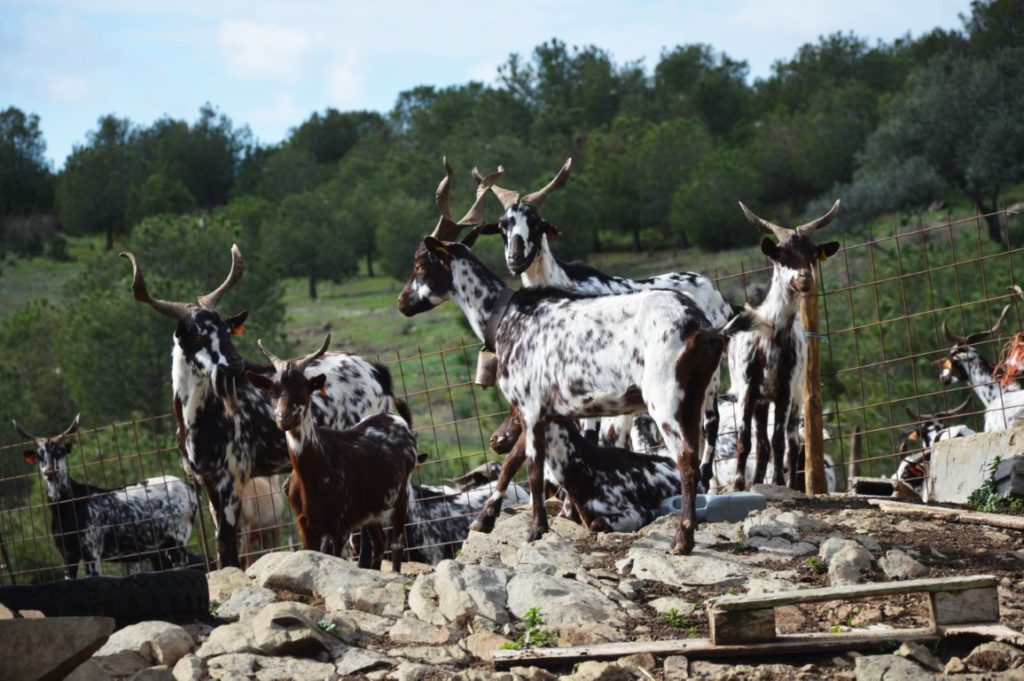The lack of rain and available water is aggravating drought levels, preventing the development of pastures in the countryside and making livestock farmers in the Algarve worried about the future, said one producer.
Speaking to Lusa, Nuno Coelho considered that the lack of rain has affected the growth of pastures, but also the diversity of available species, reducing the time in which animals can feed in the field and forcing producers to resort to animal feed and fodder. , increasing production costs.
“The situation is worse than last year. Last year we had a bad Autumn/Winter, but then in Winter/Spring it got better and the pastures still managed, but this year the opposite happened. We had a wet autumn, which ended up giving some encouragement to the dams, but, since then, we've spent the winter, so to speak, without rain », he said.
The situation tends to "become worse and worse", because "the plants do not have the adequate growth and development and, year after year, the variety of biodiversity in the seed bank in the soil is worse and worse", he justified.
«One hectare of land, for my animals, allowed them to graze there for 15 days, very easily, and at this moment, maybe in three or four days they clear the land», exemplified the producer, who has a herd of purebred goats. algarvia in northeastern Algarve.
In order to maintain the activity and «be able to more or less bear the expenses», Nuno Coelho said that he has already «drastically» reduced the herd, going from the 130 animals he had three years ago to the approximately 60 specimens of goats that currently make up his herd.
«Expenses remain the same, that is, the business was no longer very profitable and, now, it is not profitable at all», he lamented, warning that «resilience» is needed to maintain livestock activity in the Algarve and rely on other sources of income. income, as is your case, to cover losses that “threaten the survival” of producers.
Nuno Coelho also warned that, if this is not the case, «many people abandon the activity or think of other ways to stay in the territory with other activities».
«The rain doesn't come, we don't order it, and there's no great way to reverse this. We have to be resilient, trying to keep things in the best possible way, adapting, perhaps, some ways of handling these realities, but if there is no water, there is no life, and I don't see a great future for livestock, not only here in the mountains , as in the whole of the Algarve», he warned.
Nuno Luís, who also has a herd of around 300 goats in the northeast Algarve, close to the Spanish border and one of the areas of the Algarve most affected by drought, told Lusa that the lack of water and rising costs are threatening the activity. of livestock producers.
“The situation has been critical. With the lack of water, the pastures have all dried up and it's very complicated», said the producer, regretting that the sowing of pastures made in October did not grow due to the lack of rain and water.
Nuno Luís explained that the pastures «will no longer produce anything they should» because «it still rained in November and December, but now, in the spring, when it should have rained more, it didn't happen» and the plantations did not grow.
«We had sown for the summer, we spent money making the plantations, and now we will have to spend more money on feed and straw», he added, stressing that the initial idea was to be able to feed the cattle in the field until the summer, but, « by the end of April everything will be dry».
Added to this is also the rise in production costs, such as feed, which are around 13 euros for a 25-kilogram bag, when three years ago eight euros were paid for a 40-kilogram bag, he said, stressing that this causes “an additional cost of around 1.000 euros a month” to feed the herd.
The prices paid for each goat “went up a little”, going from 45 to 50 euros, but this amount “is also not enough to cover the additional expenses”, which are making the activity “more difficult from year to year”.
“Before, we had a bad year and three or four good ones. Now, we have had bad years after bad years and the activity is increasingly difficult », he concluded.



















Comments